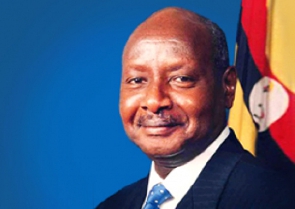Politics of Tuesday, 22 May 2012
Source: GNA
Special Land Use Planning bill presented to Parliament
A special land use planning bill has been presented to Parliament by the Ministry of Environment, Science and Technology.
It seeks to harmonize all laws and Acts that had been in existence in the country to ensure effective planning and construction of towns and cities.
Mr. Kwadwo Yeboah, Principal Planning Officer of the Ministry of Local Government and Rural Development, disclosed these at a Northern Zonal Urban forum, organized to sensitize the public on the legal and institutional framework for spatial planning, in Tamale on Tuesday.
He said the bill aimed at harmonizing Act 462, 480 and Cap 84 of the colonial ordinance, and placed it under a common law.
The forum brought together participants from the Northern, Upper East and West Regions, to deliberate on existing legal frameworks, their implementation and challenges.
Mr. Yeboah said the bill if passed into law would provided legal backing for re-construction of beautiful cities without problems.
Mr. San Nasamu Asabigi, Deputy Northern Regional Minister, observed that many Ghanaians were settling in the urban areas resulting in congestion and over stretching of resources.
Mr. Asabigi noted that, Ghana had good laws but could not strictly enforce them, partly due to political convenience, and appealed to the media to support Government to transform the country.
Mr. Raymond Saaka, Savelugu/Nanton District Director of the Town and Country Planning Department, said since the Cap 84 of the 1945 ordinance which was to ensure effective town and city planning was enacted and subsequently amended in 1958, there has not been any legislature instrument backing the laws, making the enforcement difficult.
Mr. Zikiru Sulley Shittu, Tamale Metro Director of the Town and Country Planning, blamed the current problems of urban settlements partly to the lack of political will to enforce laws, and the disregard for laid down procedures.
He cited that about 30 percent of buildings in Tamale were constructed illegally.**










